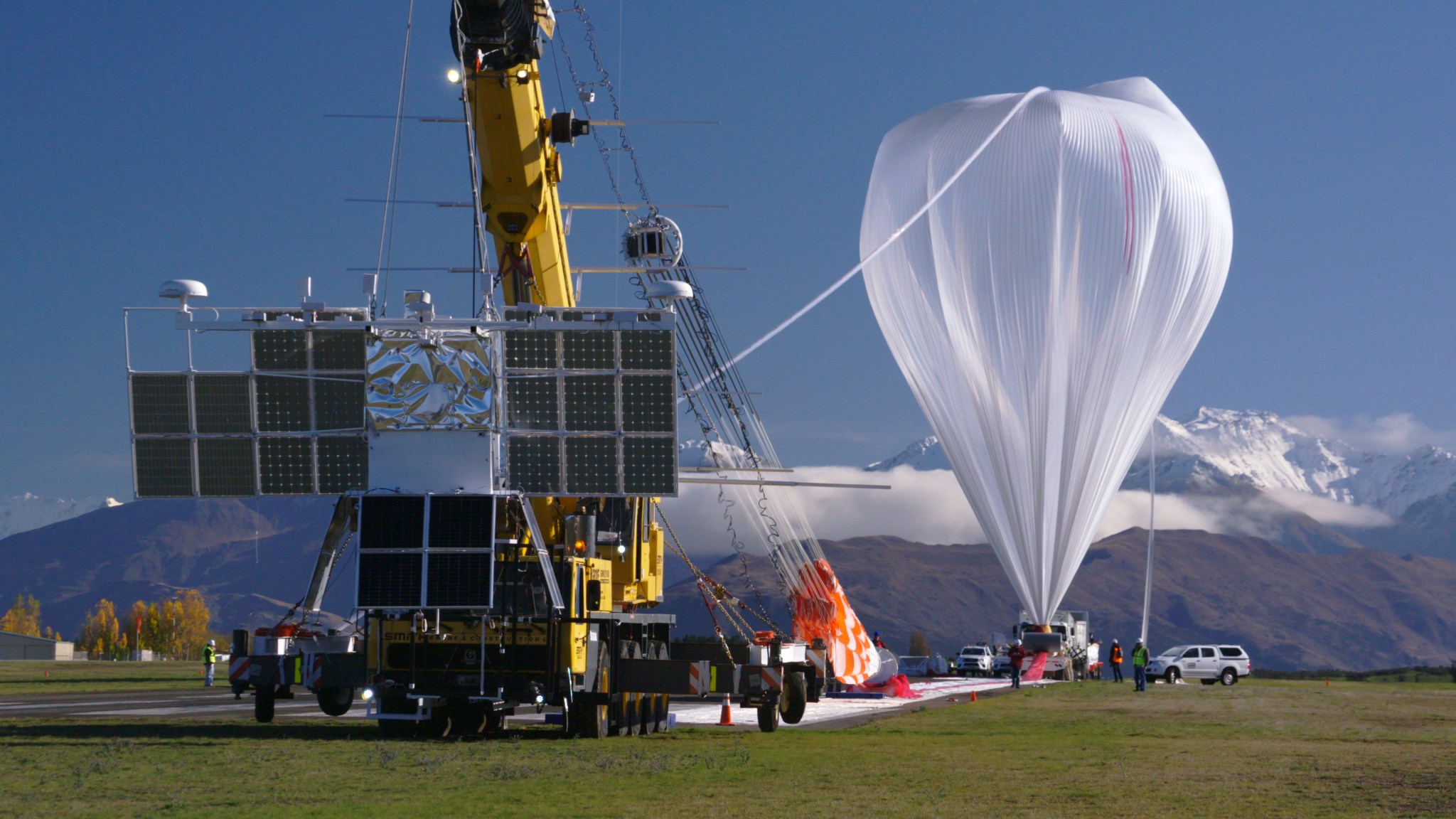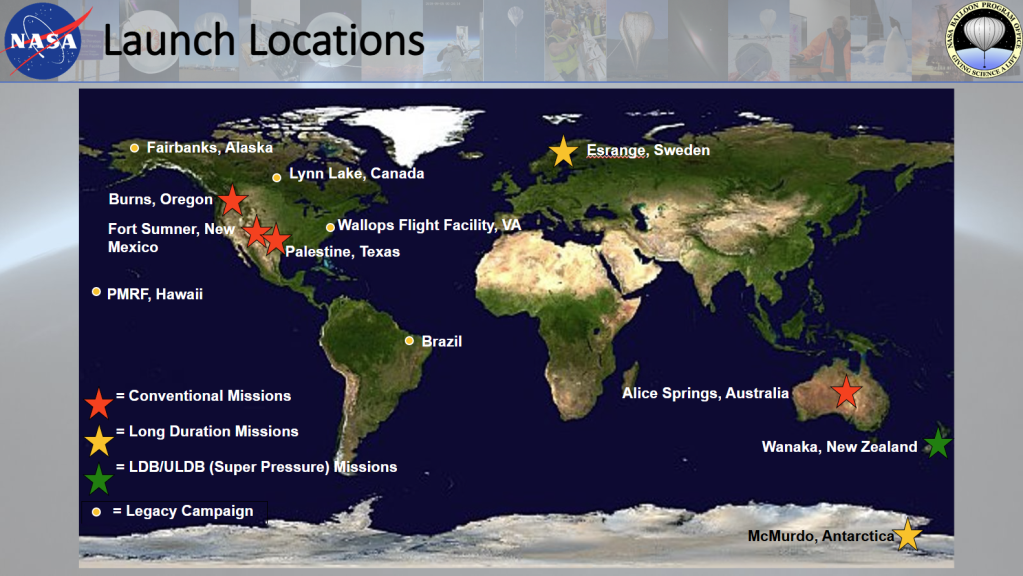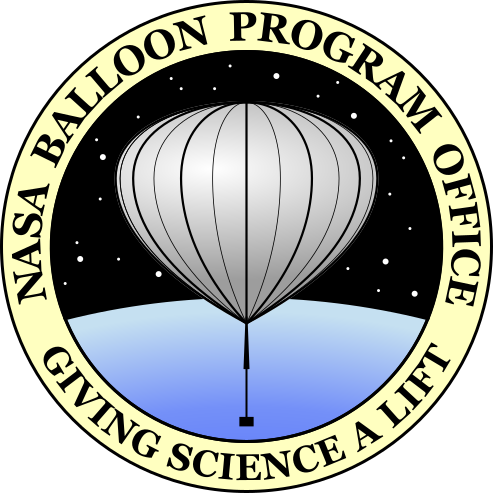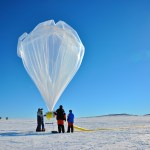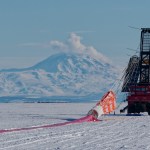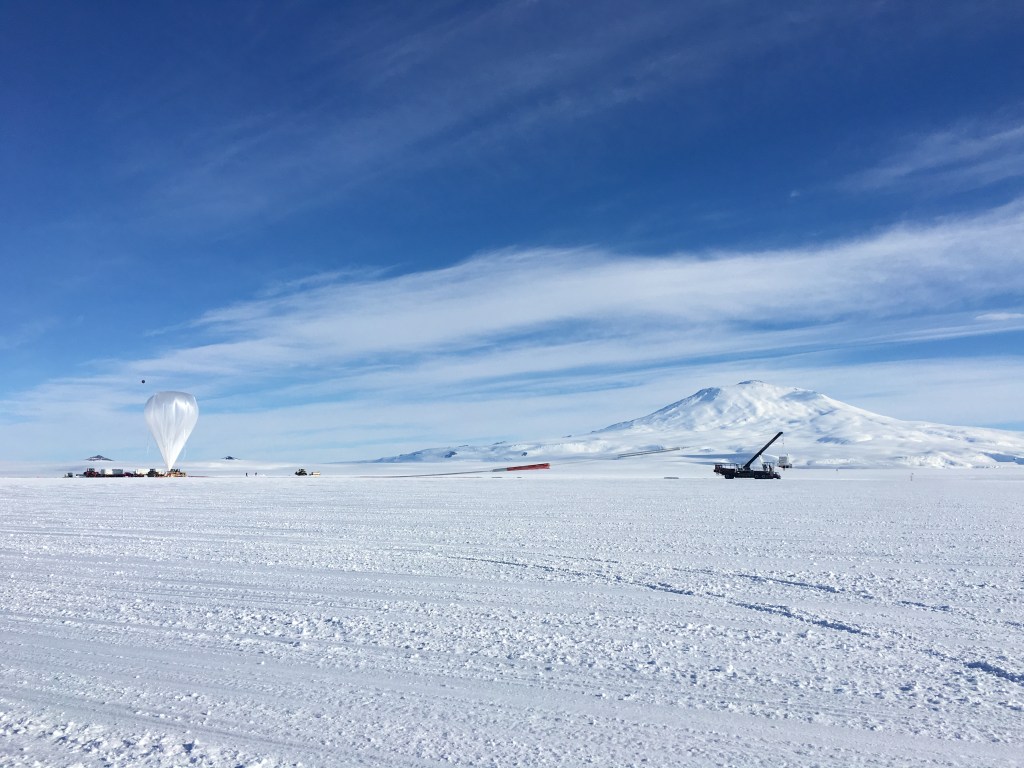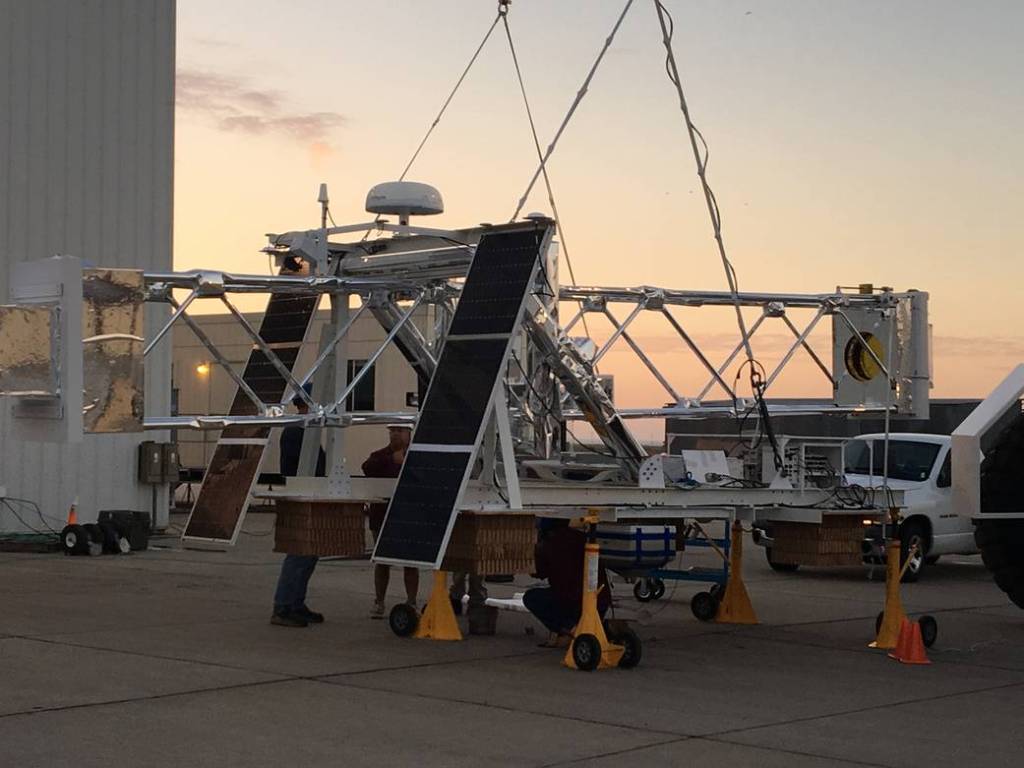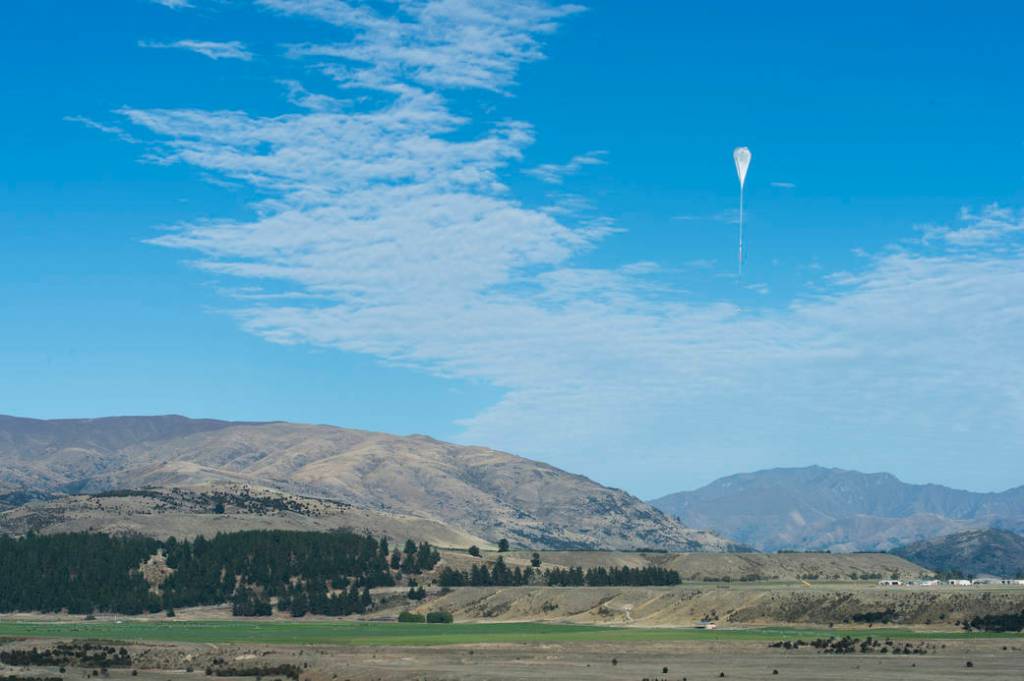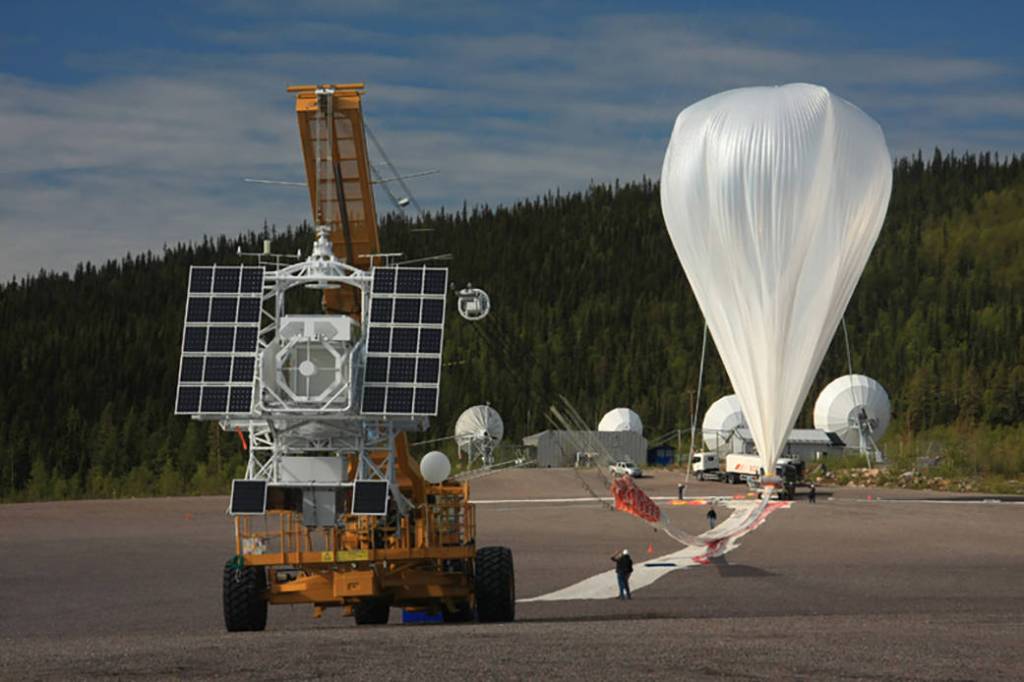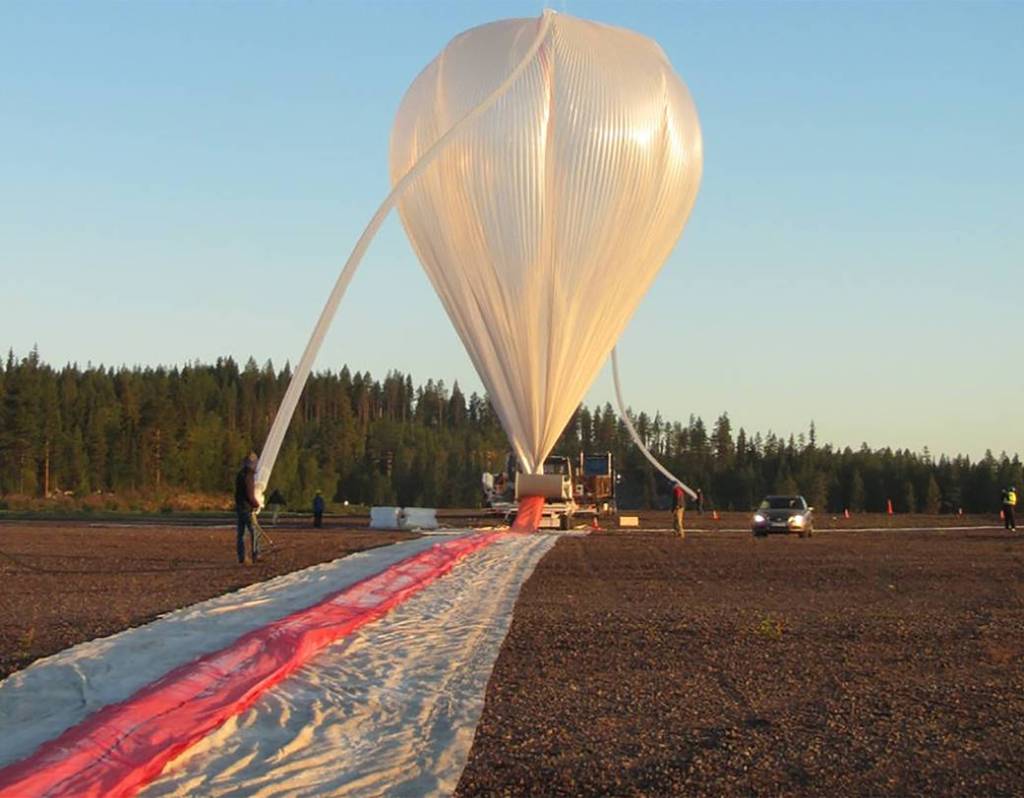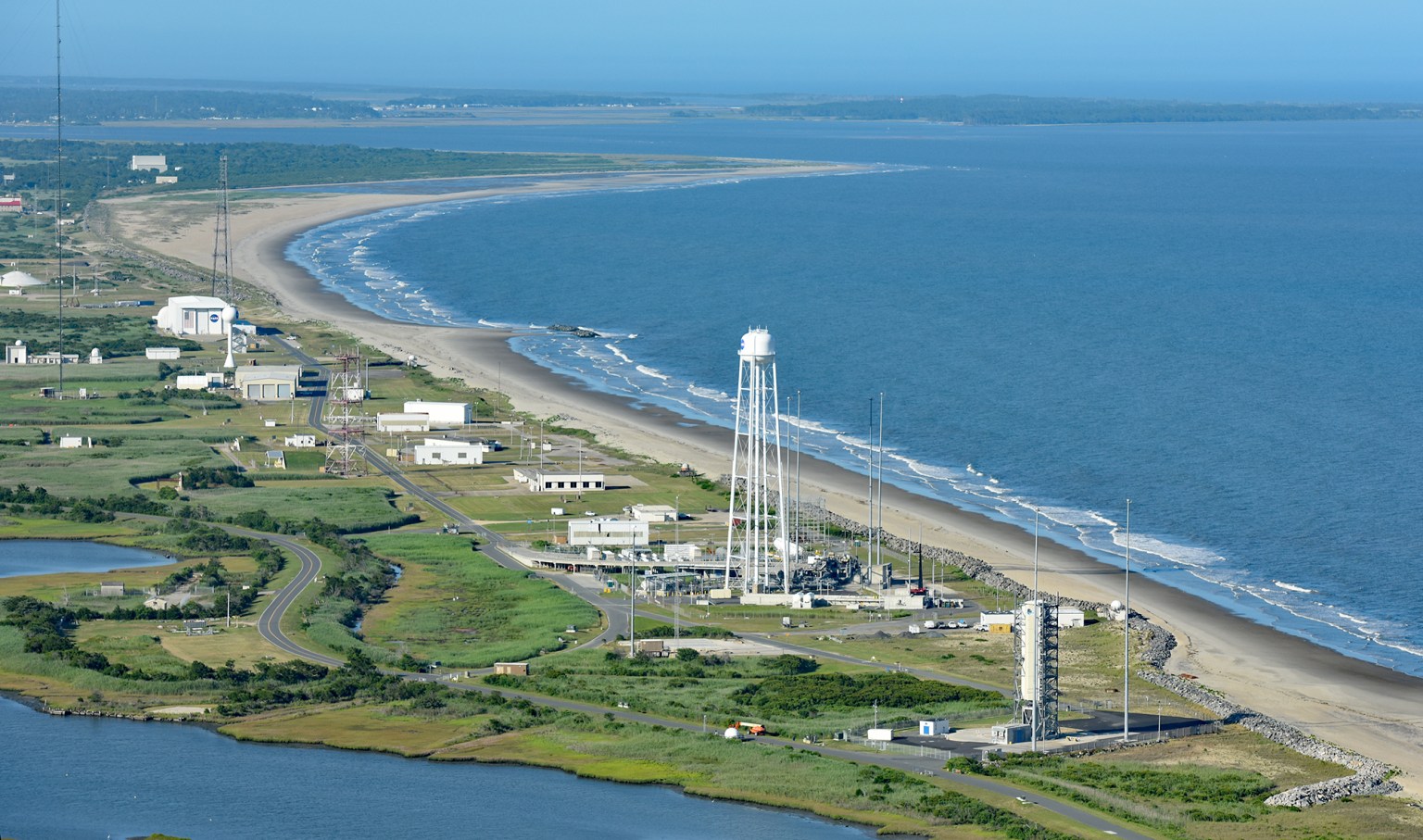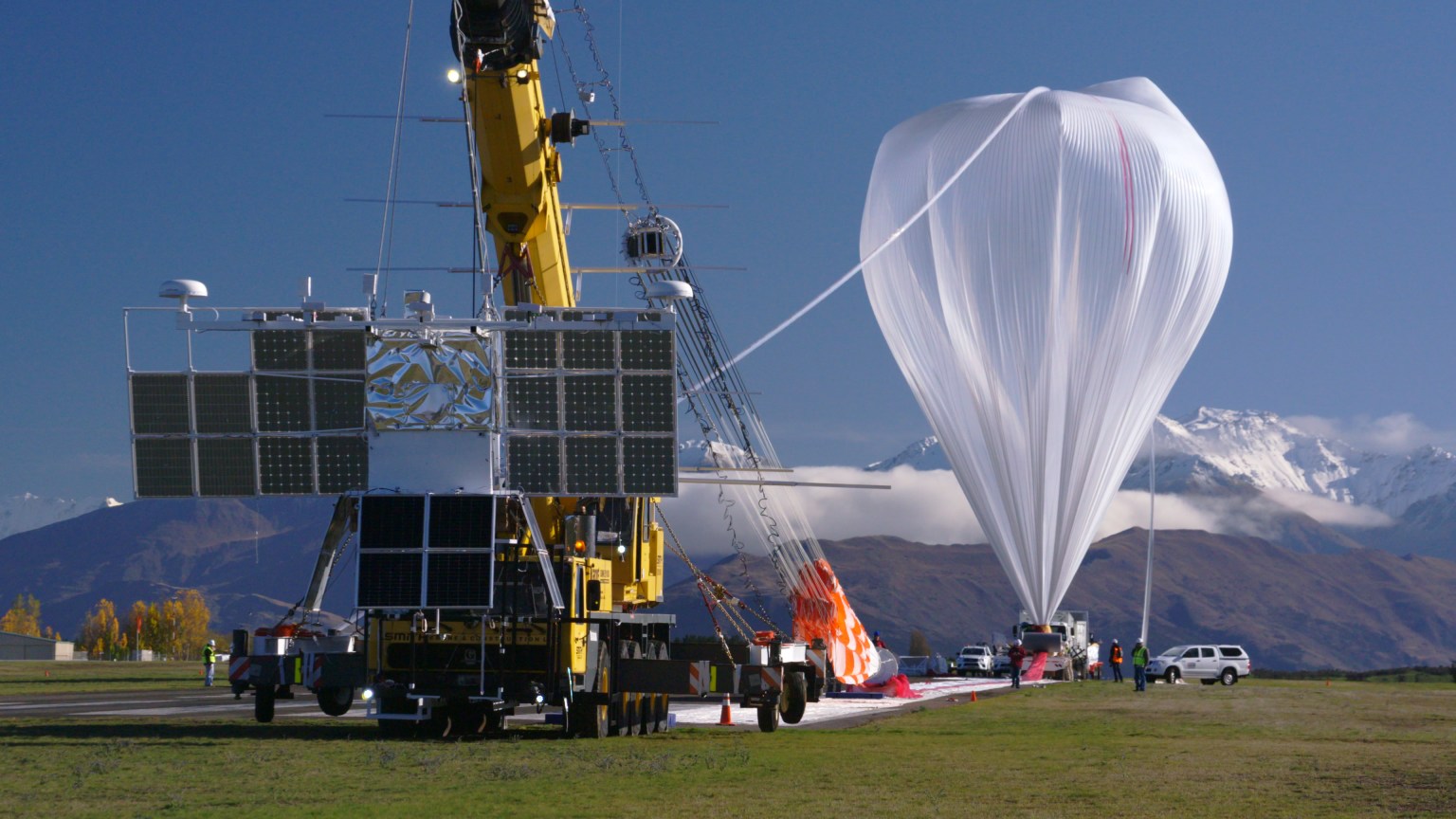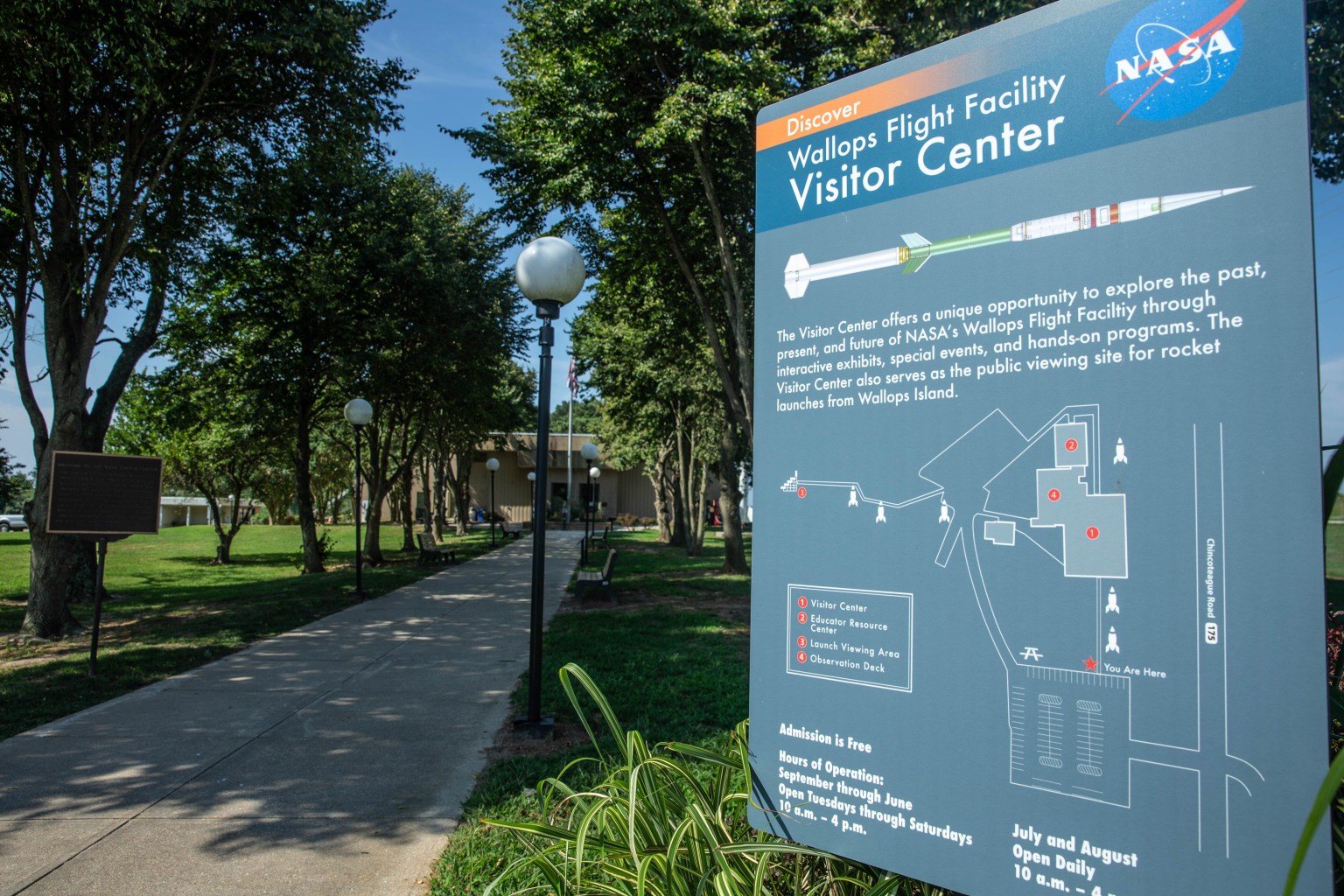Mission Statement
The primary objective of the NASA Balloon Program is to provide high altitude scientific balloon platforms for scientific and technological investigations. These investigations include fundamental scientific discoveries that contribute to our understanding of the Earth, the solar system, and the universe. Scientific balloons also provide a platform for the demonstration of promising new instrument and spacecraft technologies that enable or enhance the objectives for the Science Mission Directorate Strategic Plan.
Quick Facts
Balloons provide low-cost, quick response, near-space access for:
- Conducting cutting-edge research.
- Developing technologies to enable future spacecraft science missions.
- Advancing lighter-than-air platform technologies.
- Providing calibration and validation of on-orbit instrumentation.
- Enabling hands-on training for the next generation of scientists and engineers.
Program Management
The NASA Scientific Balloon Program (SBP) is the largest of its kind with the singular capability of heavy lift suborbital stratospheric platforms serving the greatest breadth of science disciplines and providing end-to-end engineering, operations, and management.
The Balloon Program is managed out of NASA Wallops Flight Facility providing program and project management, engineering, and integration and testing. The NASA Balloon Operations Contract II (NBOC II) operates from the Columbia Scientific Balloon Facility to provide launch operations and engineering services to the SBP
The SBP supports an on-going flight manifest of approximately 8-16 flights per year with 40-60 missions in progress at various stages of the mission lifecycle and of varying complexities.
Operations are conducted world-wide at both fixed and temporary launch sites.
Funded by the NASA Science Mission Directorate, Astrophysics Division.



























